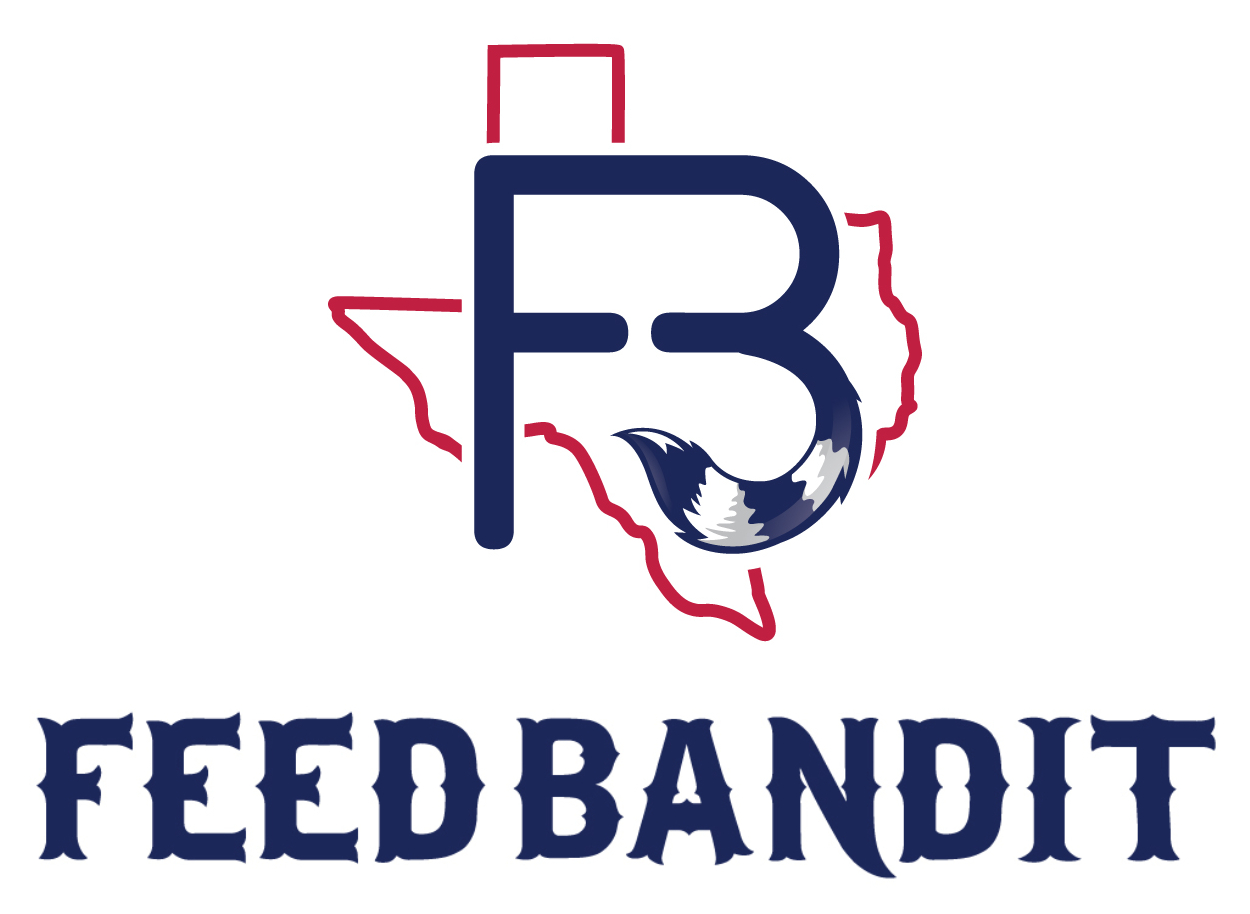Its the off season. Your cell phone alarm clock isn’t going off at 5:30 AM on Saturday morning and your sore head thanks you for the extra sleep. You can’t sleep too long however. You’ve got protein feeders to check/fill!
Hopefully right now your deer protein feeders are full to the brim with deer protein pellets and you’d know because you were the one who had to haul the sacks up the the tack-welded ladder or balance on the edge of your pickup truck side rail to dump the feed. You put the top on the feeder and a big rock for good measure and its off to the next off season project.
Day two finds you coming back to those same feeders you topped off and filled the day prior. You want to make absolutely sure you didn’t forget to check to make sure the down spouts were clear or the timer was set correctly.
You pull up and your mouth hits the floor as you notice the pelleted-dollar bills dumped just below the down spouts! In one night, the raccoons not only found your newly filled deer protein feeder but they helped themselves to feed that was intended for deer.
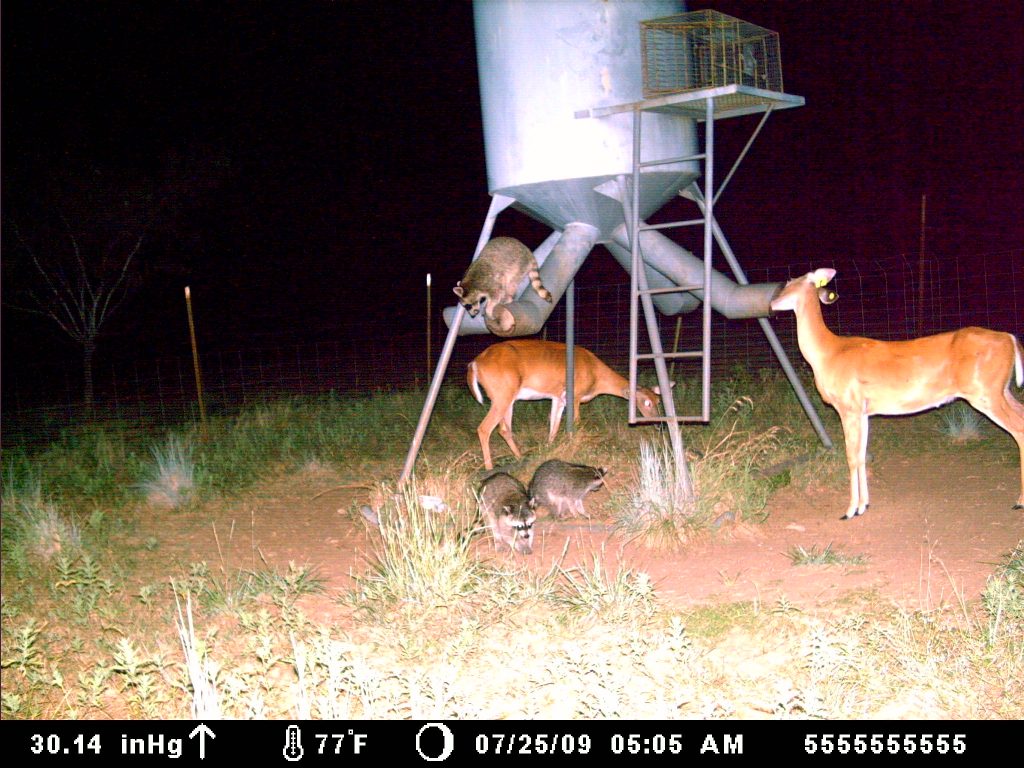
Frustrated you start to crunch some rough numbers in your head as you know its February and you won’t be back until spring turkey season. What do you do? How much feed will I loose to the raccoons? Will they even let the deer come in and feed if and when it starts to get hot?
Lets face it. Raccoons…aka trash pandas…aka Feed Bandits (shameless plug) are cute little dudes but their sensational appetite for your hard earned money (deer protein pellets and deer corn) is frustrating and expensive. So what do you do?
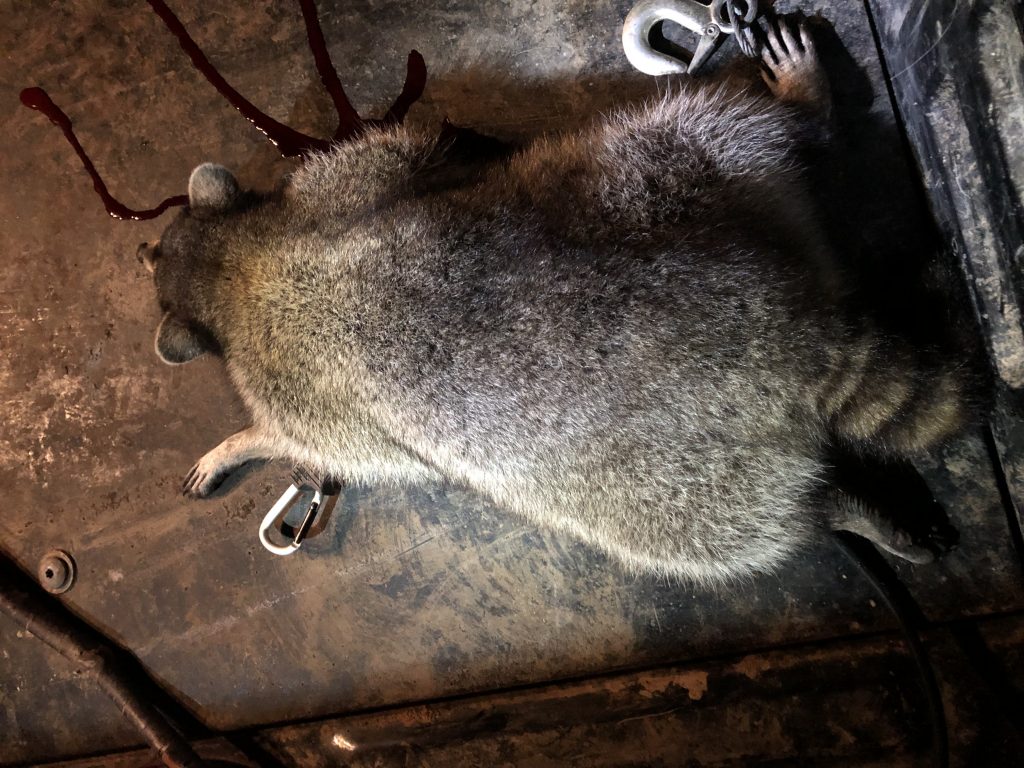
Spotlighting in Texas is a timeless tradition. I’d say a vast majority of children in Texas honed their shooting skills well after the sun went down, present company included. Nothing beats the excitement of coming up on a deer feeder and watching the feed bandits scurry for cover with their eyes glowing in the shine of a handheld spotlight.
The trusty, tack-driving .22 is brought out and POP…one set of glowing eyes tumbles down from the big oak adjacent to your feeder pen. Spotlighting is a very effective way to knock back the feed bandits but they will get smart and yes…they do close their eyes!
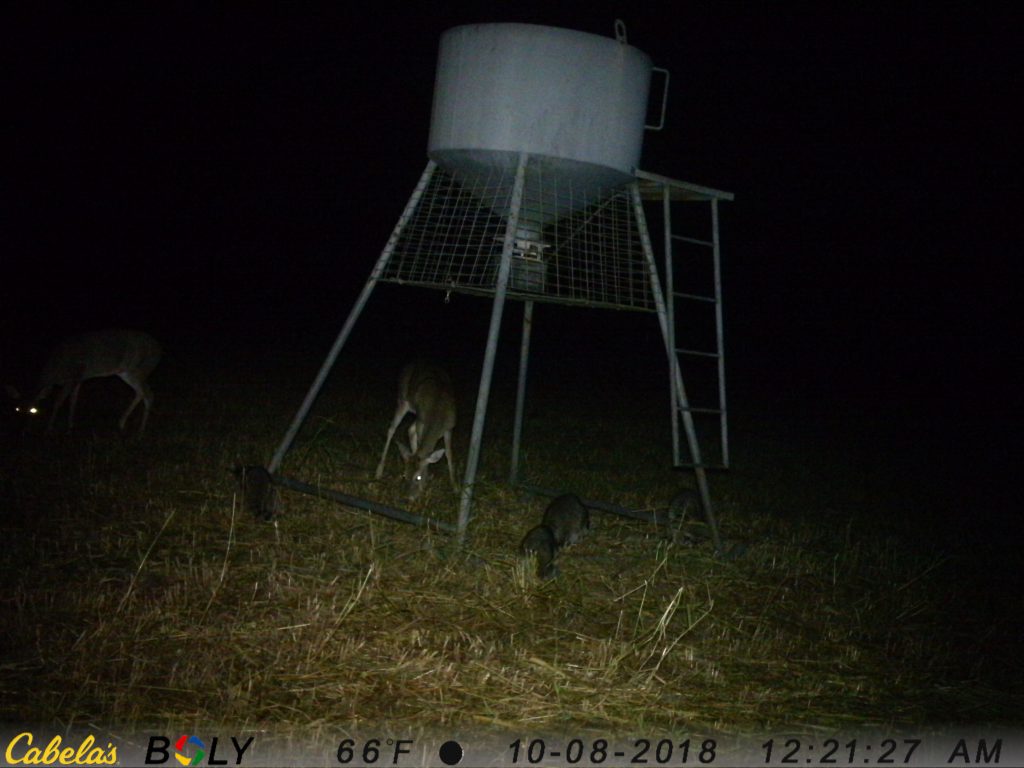
At the time I composed this piece I did not have much experience in using an electronic caller to bring raccoons in from their denning trees but I have seen it done a million times on YouTube. Its seems easy enough and fun to boot, just like calling in coyotes and bobcats. I intend to try some night time raccoon calling this winter/spring to see just how effective it is.
It is my experience , however, trapping is the most effective way to thin out your feed bandits. Sure, it may not be the most exciting way of handling your problem but its effectiveness is real and the results will save you money and deer protein pellets!
So where do you start? Well, there are many traps available on the market today. Some are super cheap, like a good old fashion snare. Others are more expensive like a live trap. Live traps are by far the simplest to set.
All you really need is some deer corn and toss it in the back of the trap, set it, and chances are you will have a coon or a possum in the morning. The problem is dispatching them. You have to be careful not obliterate your trap while dispatching your prey so use a .22 but watch out for ricochet.
Also, love traps will limit the size of the critter you can catch. It’s because of this and the over all expense of live traps that I prefer the dog proof coon cuff.
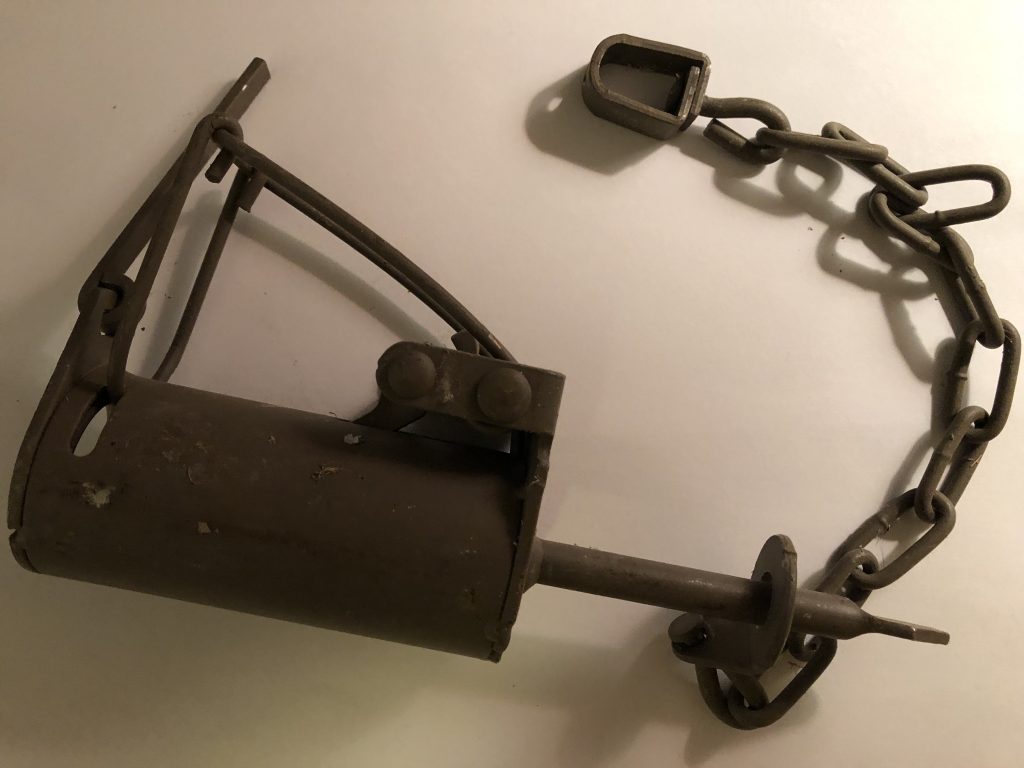
The coon cuff is a very economical and effective trap to use if you want to thin out your raccoon and opossum population. A single trap will run you anywhere from $12.00 to $15.00 dollars and I have found some sites that offer them in packs with multiple traps. Another nice feature is the fact that you can set the trap very quickly and with a variety of different baits.
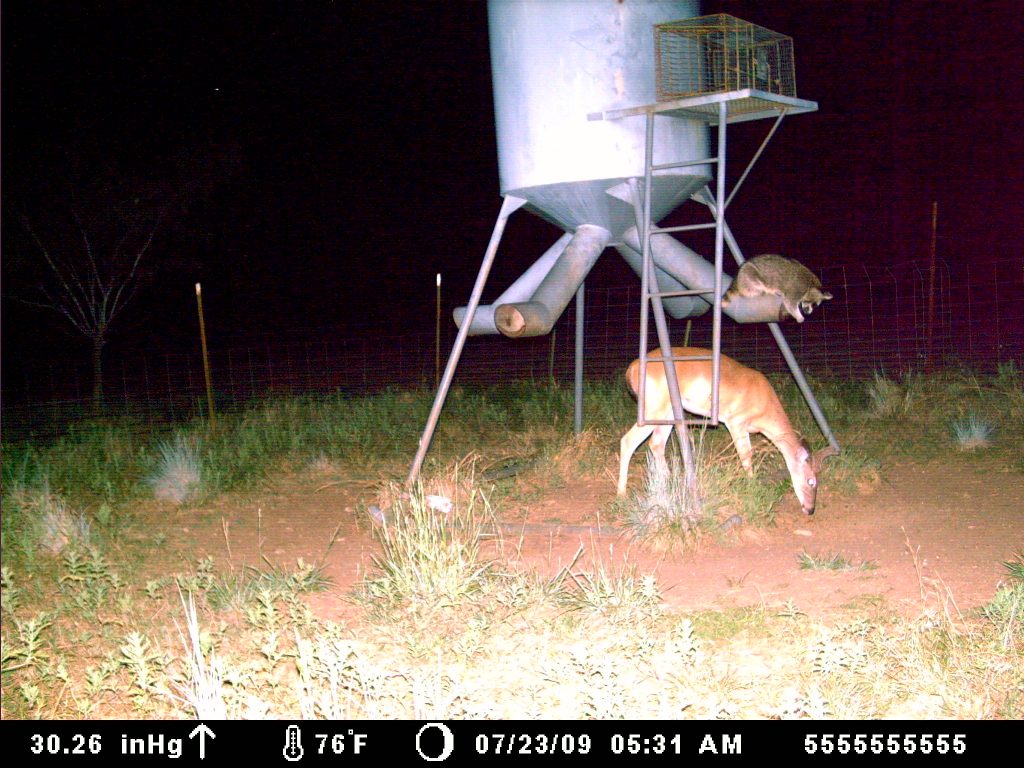
My choice of baits really depends on the time of year. I will typically trap at our deer protein feeder stations from January – August. During the colder months (January – March) I will typically use dry cat food and or little canned sausages. Both are very cheap and have a pungent scent to them that makes them real tempting to the coons.
April through August, I will try dry cat food so long as the trap is off the ground, but will primary use corn. Fire ants seems to over run my traps during these months when I use a meat-based bait. Other popular baits I heard being used are dry dog food, sardines, marshmallows and banana moons pies! Yep, moon pies!
Regardless of what bait you choose there is a basic strategy to setting the trap. After you set the coon cuff, look inside the cuff and find the “trigger” at the bottom of the trap. I like to put my baits just covering this trigger but not filled to the top of the trap. You want the raccoon to be forced to stick his hand in there to retrieve the goodness.
As I previously mentioned, the coon cuffs are very simple to set. In fact the only pain of setting the traps is securing the trap to a feeder, tree or fence line. Originally, I used bailing wire but if you didn’t twist it good enough you’d loose your trap. This being said, I went to the setup below.
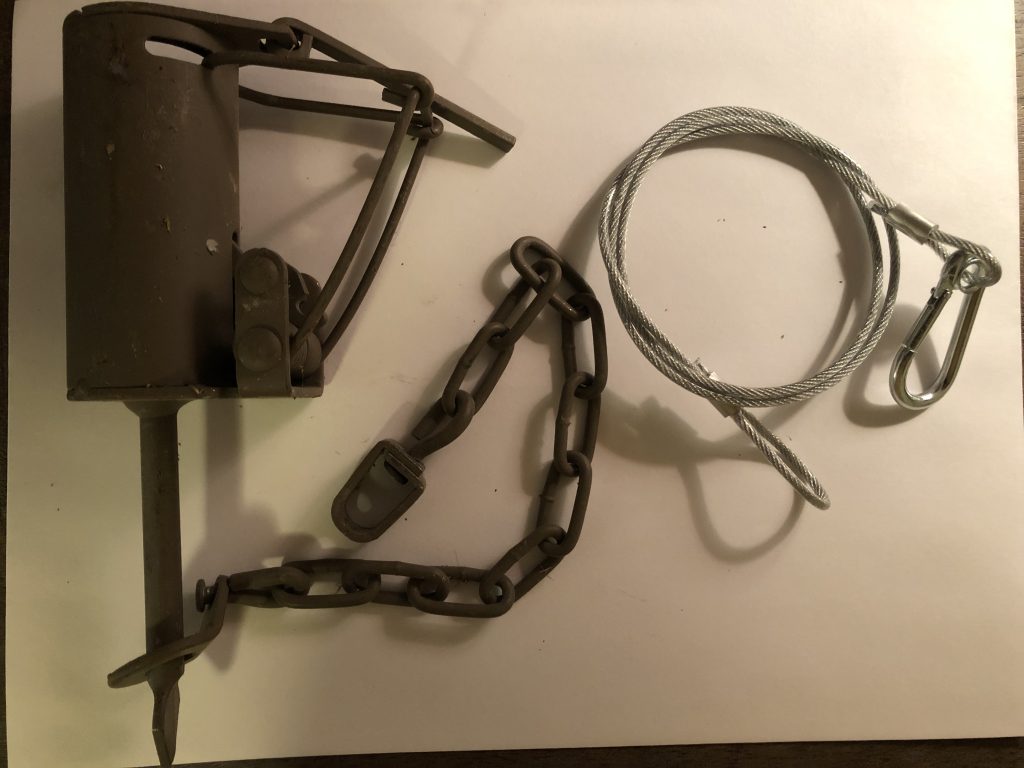
You can purchase them online (see them at Bass Pro here) and they work great! This makes setting these traps even quicker and they are inexpensive.
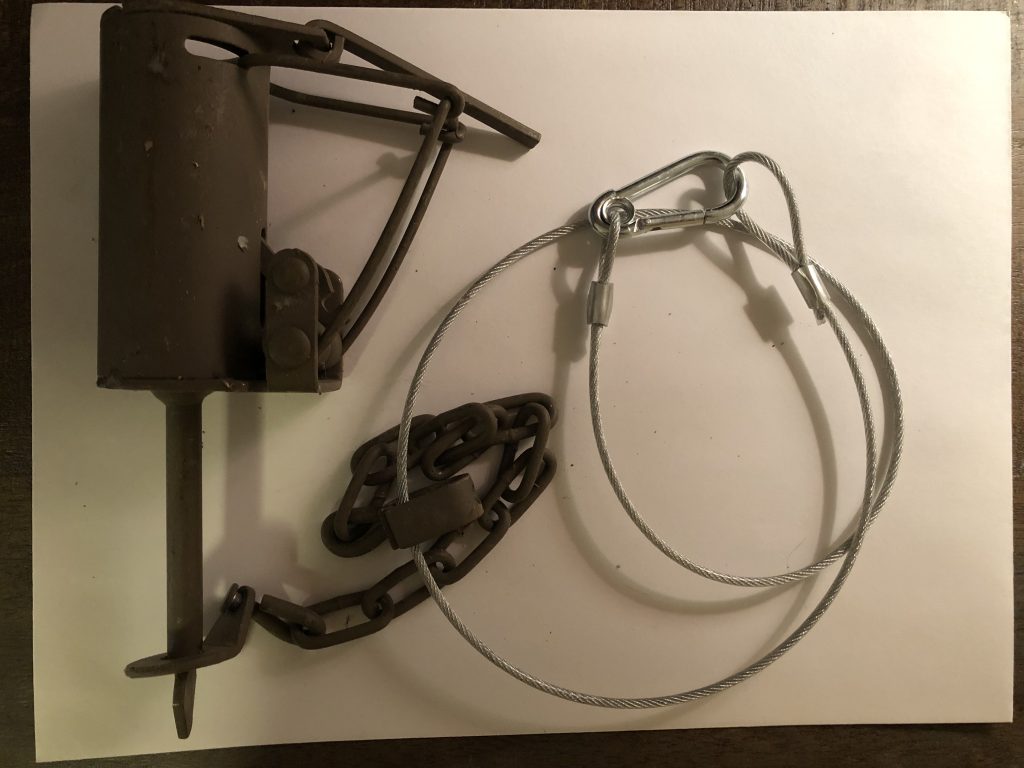
Trapping is a great way to get the kids into the outdoors as well. Outwitting an animal built to survive is not an easy task and really triggers your inner woodsman and brings you back to the time of your great ancestors.
Of course the harvesting portion of the process can be a bit of a hurdle but never underestimate the ability of a child to understand. I taught my girls the reason why we are out here trapping and that the harvesting portion of the process is very quick and humane.
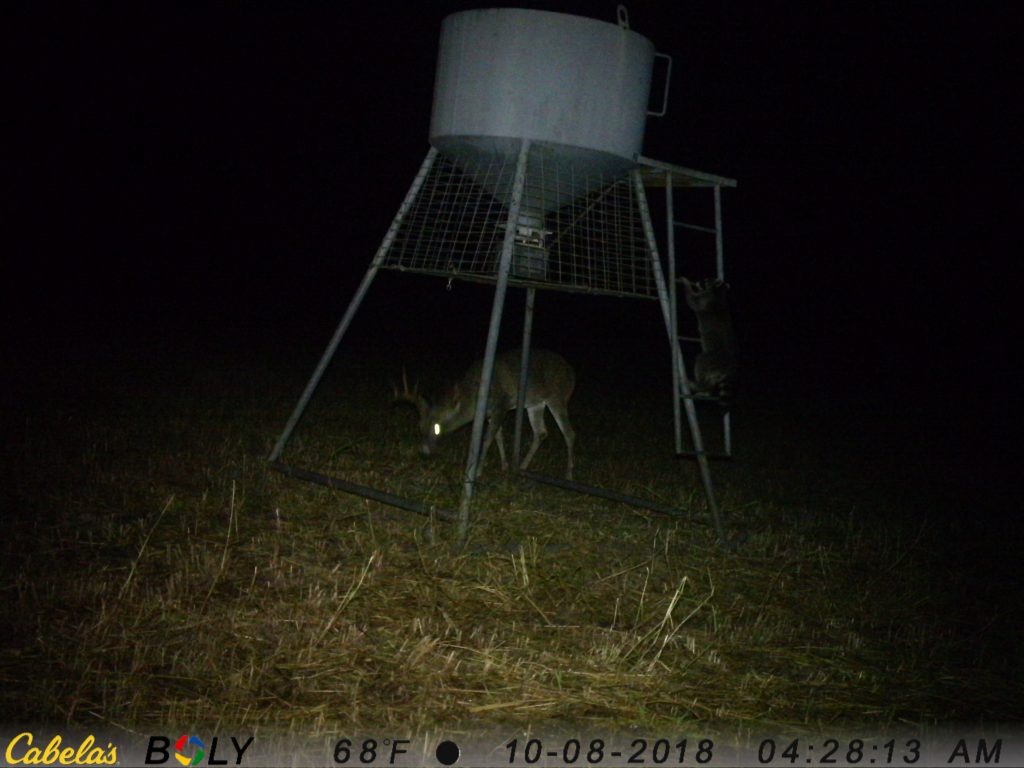
Yeah, they can climb…well…
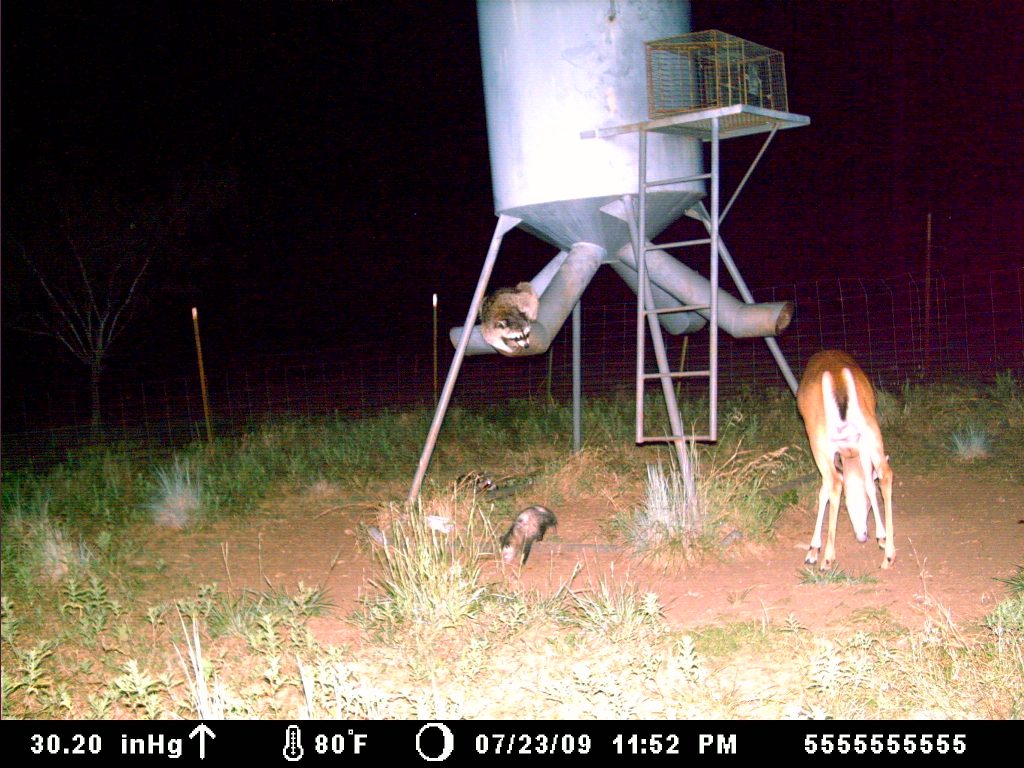
How much do you think this opossum is paying this coon for all of this hard work?
Yes, I have caught a quite a few opossums as well. Bottom line, express your inner woodsmen and trap some varmints!
